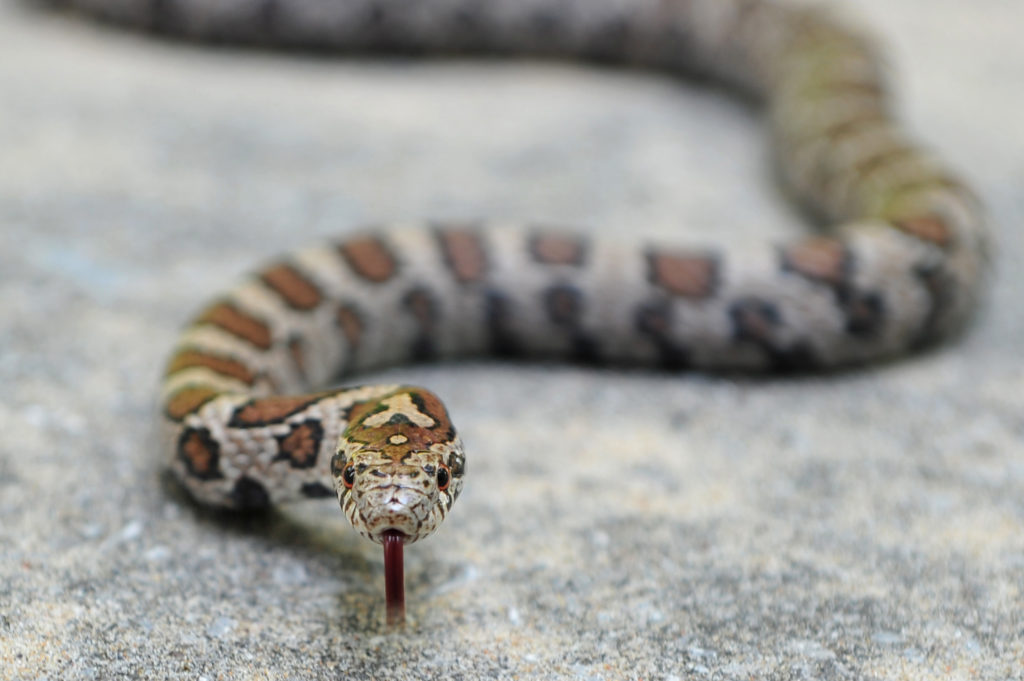Calling all scientists: Help us measure the state of wildlife
Your data can make a difference.
WWF-Canada’s unprecedented 2017 Living Planet Report Canada found that half of the country’s monitored wildlife species were in decline. These findings were based on more than 400 sources of data on population trends, including peer-reviewed scientific literature, long-term government monitoring such as trawl surveys and bird indices, along with publicly accessible online databases.
Now, we’re updating the report. But to do this, we need new data. That’s where you come in.
We’re asking academics, government scientists and biologists to dig deep into their files to share the missing data that could help us better understand the state of wildlife in Canada and track our progress in reversing its decline.

We’re looking to both update trends for the species in our database and add new data on those species missing from the database and from differing regions. Some of the critical data gaps we need to fill are for freshwater fish, Arctic species, amphibians and reptiles and cetaceans.
Here’s how you can help:
While we are accepting any data that is not currently in the LPI Data Portal, we are especially focused on gathering data from more recent years (2010-2019), or for vertebrates that are not currently represented within our 2017 species list.
Criteria for the inclusion of species population data in the index follow the methods of previous Living Planet Reports, as developed by the Zoological Society of London:
- Populations must be consistently monitored in the same location, using the same method over time, for a minimum of two years between 1970 and 2019. If the method of data collection changed between years, a correction factor could be applied. Alternatively, data could be entered separately, with one data entry for each method used.
- Data must be numerical, such as a population count, or a reliable population-size proxy, including population estimates, spawning stock biomass, catch-per-unit effort or density.
- Population data must be available for at least two years in the period between 1970 and 2019.
- Data sources must be referenced and traceable.
- Species must be native to the country.
Note that we are looking for native vertebrate population data only. Manipulated experiments will not be included, as we are seeking trends in wild species abundance.
If your data is not already included in the LPI Data Portal, you can submit your critical contribution to Jessica Currie ([email protected]) using the data template outlined here.
Worried about who may see and use your sensitive species data? Fear not. Simply note if you would like to keep your data confidential. Otherwise, we will upload all records to the LPI Data Portal so that researchers from around the globe can use this important information.

